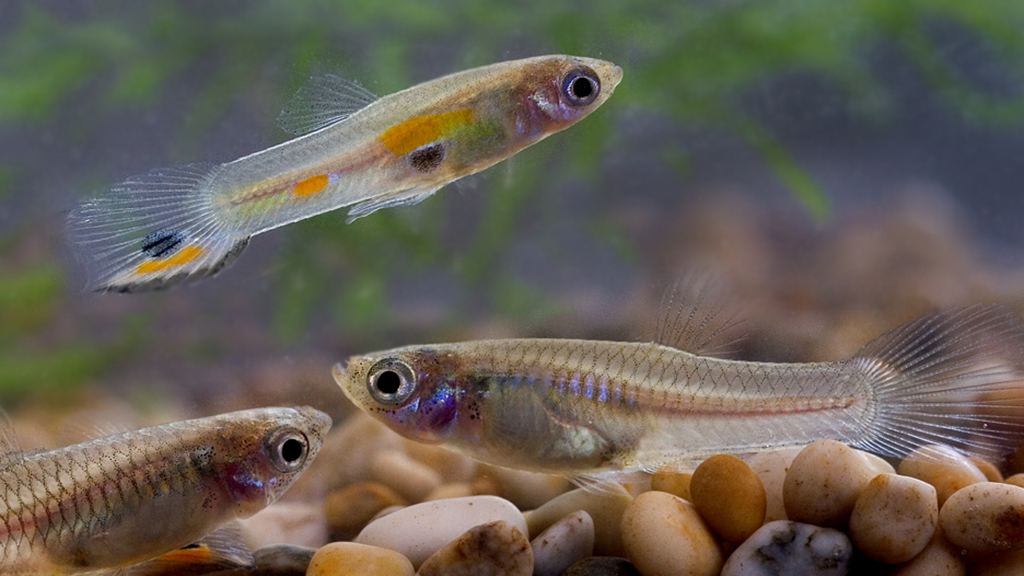Abstract
This case study focuses on the relationship between evolution and plasticity using a hands-on, inquiry-based approach. Students view examples from the literature that illustrate the difference between nature and nurture, or the relative contributions of genes and the environment in shaping phenotypes. Using the Trinidadian guppy system as an example, students learn about seminal work in the field in addition to exploring quantitative genetic techniques used to partition phenotypic variance between genes (G) and the environment (E). They use real data from one of the publications cited in the case to graph reaction norms illustrating GxE interactions at the family and population level. The inquiry-based approach means that students are introduced to new concepts in a stepwise fashion, and asked to develop and build their understanding using causal, explanatory evidence. The case concludes with an exercise in which students apply their knowledge to a real conservation problem in Trinidad and Tobago, where guppies are native. This case would be appropriate for an upper level biology, genetics, or evolution course.



